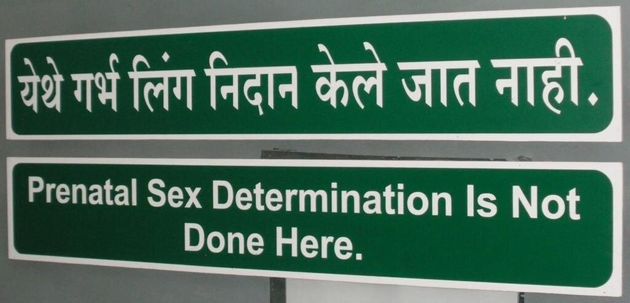Why might girl children not do well in India? If we look globally, girls survive slightly better than boys, but slightly more boys are conceived. Thus the natural sex ratio in a population becomes around 1:1. But according to latest research, just defended as a PhD thesis at Umeå University in Sweden by Dr. Anand Krishnan of the All-India Institute of Medical Sciences (AIIMS), in some instances in India as few as 750 girls were born for every 1,000 boys; and, among the girls that were born, survival up to their fifth birthday was substantially worse than for boys. These conclusions came from detailed analyses of many years of data from the Ballabgarh Health and Demographic Surveillance Site, a member of the INDEPTH Network. The full thesis is available here. These unnatural survival differences by gender must have causes - among which may be cultural preferences for sons and avoiding of the cost of a dowry on a daughter's marriage.
Two serious problems emerge on closer scrutiny. The use of ultrasound technology as a tool for monitoring pregnancy has become widespread - and brings with it the possibility of determining the sex of a baby at a relatively early stage of pregnancy. Thus, if there is a preference for having sons, the technological means exist for deciding to have sex-selective abortions. The Indian Government realised this problem - and made it illegal to use ultrasound technology for this purpose, with signs like this displayed by law in hospitals.

But do these signs control the situation? Judging by the latest evidence, they do not.
And what about the excess girl child deaths after birth? The question of exactly how small girls and boys may be treated differentially is a tricky one to investigate, but something must explain the adverse survival experienced by girls. Dr. Anand talked about this in an interview with CNN that you can watch here.
Dr. Anand, himself the proud father of two daughters, explains it like this:
"The fundamental problem in Indian society is that girls constitute a 'debt' because they do not contribute to the household financially. Girls are rather a burden because they take a dowry that drains family finances when they get married. There are also religious and cultural factors that reinforce this perception."
India is a country undergoing a rapid but complex process of development. One might jump to the conclusion that this discrimination against girls is somehow a problem of poverty, even of ignorance. But, surprisingly, Dr. Anand's conclusions disprove this idea. He says
"The results show that families in the richest and most educated group perform most abortions based on gender. In addition, newborn girls born in these families have a greater risk of dying during the first month of life, compared to girls who are born into families with lower socioeconomic status."
Despite awareness of the problem, and some interventions, it seems that it may be a while yet before India is prepared to treat her girl children in the same way as their brothers.